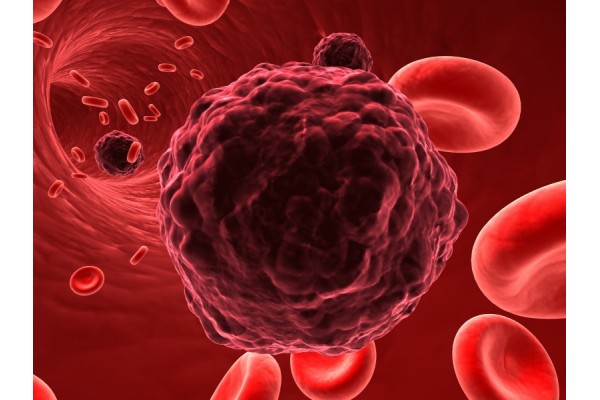How do cancer cells start to spread? Study sheds light
November 23, 2017
Source: medicalnewstoday
 726
726

Researchers from the University of California, San Diego (UCSD) have discovered how the surrounding environment of a tumor can cause cancer cells to metastasize.
Put simply, metastatic cancer occurs when cancer cells break away from a primary tumor and move to other areas of the body — most commonly the bones, liver, and lungs.
Once cancer cells have metastasized, controlling them becomes much more difficult. While current treatments such as chemotherapy and radiotherapy can help to slow the spread of cancer cells, they are not always successful.
It is estimated that around 90 percent of cancer-related deaths are a result of metastatic cancer, highlighting the need for more effective strategies to combat the disease.
But, as study leader Stephanie Fraley — a professor of bioengineering at UCSD — notes, "We are good at targeting tumor growth, but we do not know enough about metastasis."
The new research, however, has uncovered further information about what triggers metastatic cancer, a discovery that could lead to more successful treatments.
The researchers recently reported their findings in the journal Nature Communications.
Gene modules and vascular mimicry
For their study, Fraley and colleagues built a 3-D collagen matrix, which enabled them to get an in-depth look at the migration activity of various types of human cancer cell.
"It's critical to have the cells surrounded by a 3-D environment that mimics what happens in the human body," notes Fraley.
The researchers found that a condensed environment caused the cancer cells to activate a distinct set of genes, or a "gene module," which the researchers named collagen-induced network phenotype (CINP).
A drug used to treat colds and flu could help to stop the growth of cancer cells.
The team found that the activation of this gene module prompted a phenomenon known as vascular mimicry, which is the formation of blood vessel-like structures.
These structures promote cancer metastasis; they supply the tumors with blood and help to provide cancer cells with the "nutrients" they need to survive.
"We thought that putting cells into this more constrained environment would prevent their spread," says first study author Daniel Ortiz Velez, of the Department of Bioengineering at UCSD. "But the opposite happened."
Gene module predicts cancer metastasis
Next, the team searched for the CINP gene module across a range of cancer types.
They found that they were able to use the CINP to predict metastasis in nine different cancers, including breast cancer, lung cancer, and pancreatic cancer. They were also able to use the gene module to predict patient survival.
The researchers now plan to see whether they can replicate their findings in more cancer cell types and animal models, and they hope that their research will uncover a way to stop CINP activation and halt cancer metastasis.
"It is possible that gene expression analysis of additional cancer cell types induced into [vascular mimicry]-like behavior by our 3-D collagen system could help to further refine the conserved CINP gene module," they say.
"This would facilitate prioritization of the genes for targeted functional studies to identify key regulators and potential therapeutic targets."
"Validation of the prognostic value of this gene module could help patients avoid the long-term side effects of aggressive radiation and chemotherapy if the likelihood of metastasis is very low," the researchers conclude.
By DduRead more on
- Things to Know before Buying Newborn Baby Incubators March 31, 2022
- CRUK researchers develop new early-stage rectal cancer treatment December 12, 2020
- Highly Resistant Food Poisoning Bug Responds to Antibiotics September 6, 2018
- Smartphone Based Diagnosis to Identify Mosquitoes Transmitting Infection September 5, 2018
- 3 Natural Plant Extracts Manufacturers on Drugdu.com September 4, 2018
your submission has already been received.
OK
Subscribe
Please enter a valid Email address!
Submit
The most relevant industry news & insight will be sent to you every two weeks.



